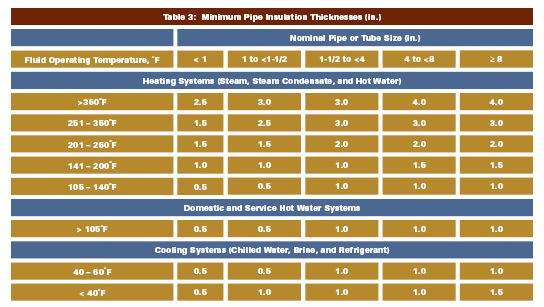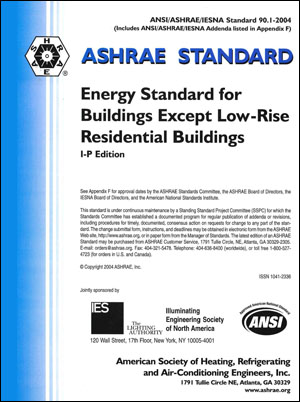

While minisplits have been covered by 90.1 for many years and certified to AHRI 210/240, a similar class of equipment called a multi-split or VRF system was previously not covered. (Addendum BU) Variable-refrigerant-flow (VRF) multi-splits. SCOP-127 calculates efficiency at conditions more reflective of the mostly sensible cooling that occurs in data centers and computer rooms. The ASHRAE test procedure has defined a term called Sensible Coefficient of Performance (SCOP). ASHRAE 127 is the referenced test procedure. (Addendum AQ) As a result, there is a new class of covered product: computer room air conditioners, or CRAC units. The scope of 90.1 has been expanded to include systems used in commercial process cooling applications. (Addendum BG) Computer room air conditioners (CRAC). The requiredĮfficiency levels vary by application (such as water source, ground water source, ground source) to correspond with the rating temperatures typical for those applications. The water-to-water heat pump as a heating or cooling device now falls within the scope of the standard. (Addendum BW) The definition of non-standard size was also added so that standard-sized units in new construction must meet a different efficiency level than replacement units having to fit into existing wall sleeves.

As of October 2012, PTACs and PTHPs will be required to meet new, aggressive efficiency levels. (Addendum AK) Packaged terminal air conditioners and heat pumps (PTAC/PTHP). See further discussion in "Waterside," p. (Addendum CO) In addition, two-position valves are now required on water-cooled air conditioners as well as on water-loop heat pumps. New full-load efficiency requirements are 3 to 5 percent more stringent as of June 2011, with IEER increases of 5 to 13 percent. (Addendum N) Water-cooled and evaporatively cooled air conditioners and heat pumps. Discharge air temperature sensors or multiple stages of compression may be necessary for proper control of the unit. Outdoor air measurement or a compensating damper will be necessary for proper ventilation at reduced speed. The low-speed airflow can be the larger of the limit stated above or the ASHRAE 62.1 ventilation requirement for the zone. Chilled-water air-handling units have a similar requirement (effective January 2010) see "VAV requirements for chilled water air-handling units serving a single-zone," p. This can be accomplished by two-speed or variable-speed fans. As of January 1, 2012, unitary equipment 110,000 Btuh (9.2 tons) or larger serving a single zone must provide means to reduce fan speed to two-thirds or less at loads below 50 percent. This new metric was developed for unitary products to replace Integrated Part Load Value (IPLV) and encourage designs that have better part-load performance. Equipment schedules now incorporate a new term called Integrated Energy Efficiency Ratio (IEER). For small, less than 5-ton, equipment the change is approximately 34 percent Seasonal Energy Efficiency Ratio (SEER) improvement.

In fact, when compared to the 1989 standard, there is approximately a 17 percent Energy Efficiency Ratio (EER) improvement in the larger sizes and 30 percent in the 5- to 20-ton category. Efficiencies for air conditioners and heat pumps have been improved substantially in recent years. All rights reserved.Įquipment Efficiency Changes The following is a summary of updates to the equipment efficiencies required by 90.1-2010. © 2010 Trane, a business of Ingersoll Rand. These changes are outlined in the following sections. The addenda that affect mechanical systems can be roughly grouped into the following areas: Other significant changes were made to the scope, lighting, building envelope and modeling sections of the standard, which will affect load calculations and equipment sizing. This newsletter provides an overview of the mechanical changes that pertain to heating, ventilation and air-conditioning.ĪSHRAE Standard 90.1-2010 is simply 90.1-2007, with the incorporation of more than 100 approved addenda, 52 of which affect mechanical systems and will be the focus of this article. Significantly, the goal of ASHRAE Standard 90.1-2010 was to achieve 30 percent energy-cost savings compared to 90.1-2004 (aggregated across 16 building types in 17 climate zones). The 2010 version of ASHRAE Standard 90.1, Energy Standard for Buildings Except Low-Rise Residential Buildings, will be published this fall. Providing insights for today's hvac system designerĪSHRAE Standard 90.1-2010 Updates to mechanical system mandatory and prescriptive requirements


 0 kommentar(er)
0 kommentar(er)
